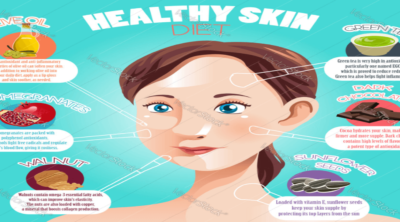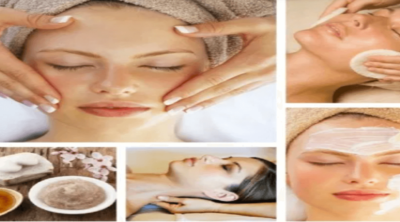
Aqueous cream is a skin care product that is recommended for people with dry skin and certain skin problems. Go through this article for some information about the same.
Dry skin is a common condition that is caused by loss of moisture from the outer layers of the skin. This layer is protected from water loss by a thin film of oil called sebum. It is also said that the outer layer of the skin has a special mechanism to retain water that is absorbed from the inner layers.
However, frequent washing with hot water and soap may reduce the moisture level. Frequent exposure to environmental factors, like wind and sunlight, may also lead to this condition, which will lead to dry skin. As the skin gets dry, it can become itchy and flaky too. It will get prone to skin diseases, and may aggravate the existing ones. So, preventing the skin from getting dry is very important. A wide range of moisturizing skin care products are available in the market. Aqueous cream is one among them.
What is Aqueous Cream?
It is a light, non-greasy, cream-like preparation, that is said to be effective for tackling dry skin conditions. Its ingredients include purified water, emulsifying wax (with SLS or sodium lauryl sulfate), liquid paraffin, white soft paraffin, chlorocresol (preservative), cetostearyl alcohol, etc. Some brands contain phenoxyethanol, which is an antimicrobial preservative.
Aqueous cream is categorized as a non-proprietary emollient preparation, and is registered with the British Pharmacopoeia (is the official collection of standards for UK medicinal products and pharmaceutical substances). This product is usually used as a skin moisturizer, and as a topical medicine for certain skin diseases. It is also used as a substitute for soap, shower gel, and shaving cream. Aqueous cream is widely available, and used in the United Kingdom, where this skin care product is recommended for people with conditions, like atopic dermatitis and eczema.
Side Effects
Aqueous cream is widely used in many regions, and is considered safe. However, it is not totally free of side effects, as recent studies show that aqueous cream may worsen skin conditions, like eczema, in some of the users. It is also said that this side effect could be due to the presence of sodium lauryl sulfate (SLS) in this product. SLS may cause skin thinning, thereby increasing water loss.
This could be the reason why some users (especially, children) complain about the stinging sensation, after using this cream. Aqueous cream may cause allergic reactions, if the user is allergic to any of the ingredient in this product. In case of such allergic reactions, wash off the area, and contact your physician. Discontinue its use, if you find that it is not suitable for your skin. Preservatives, like phenoxyethanol may also cause skin reactions.
Ingestion of aqueous cream is found to cause no serious trouble, except a slight laxative effect. In case it goes into your eyes, wash off immediately with cold water, and inform your physician. Even though it is said to be ideal for people with sensitive skin, hypersensitive individuals may develop skin irritation, after using it. In such cases too, discontinue its use, and contact your physician for a substitute. It is better to get this skin care product from authorized pharmacies. In some regions, it is sold as an over the counter product, whereas in others you may require a prescription for the same.
In short, aqueous cream is widely used as a moisturizer as well as an alternative to shower gels and bathing soap. While it is highly effective for most of the users in countering dry skin and certain skin diseases, some of the users may not find it suitable for their skin. It is always better to use aqueous cream, according to the instructions of your health care provider.
Disclaimer: This article is for informational purposes only, and should not be used as a replacement for expert advice.



